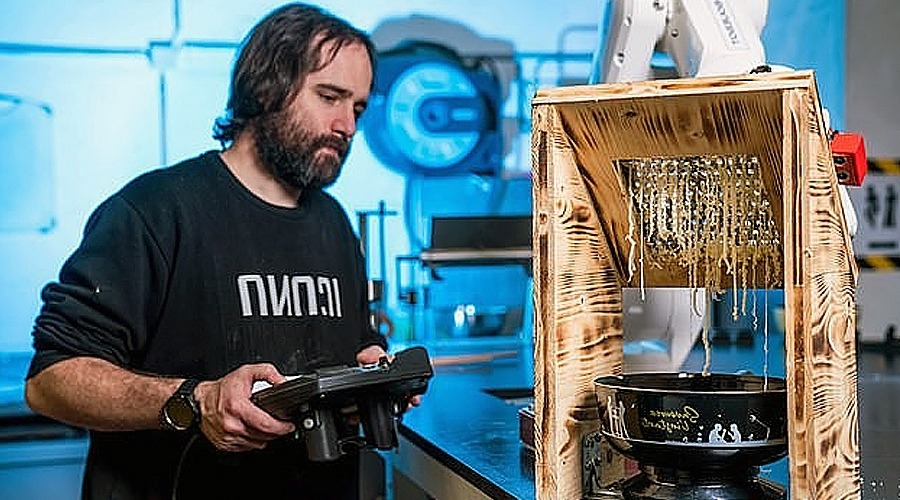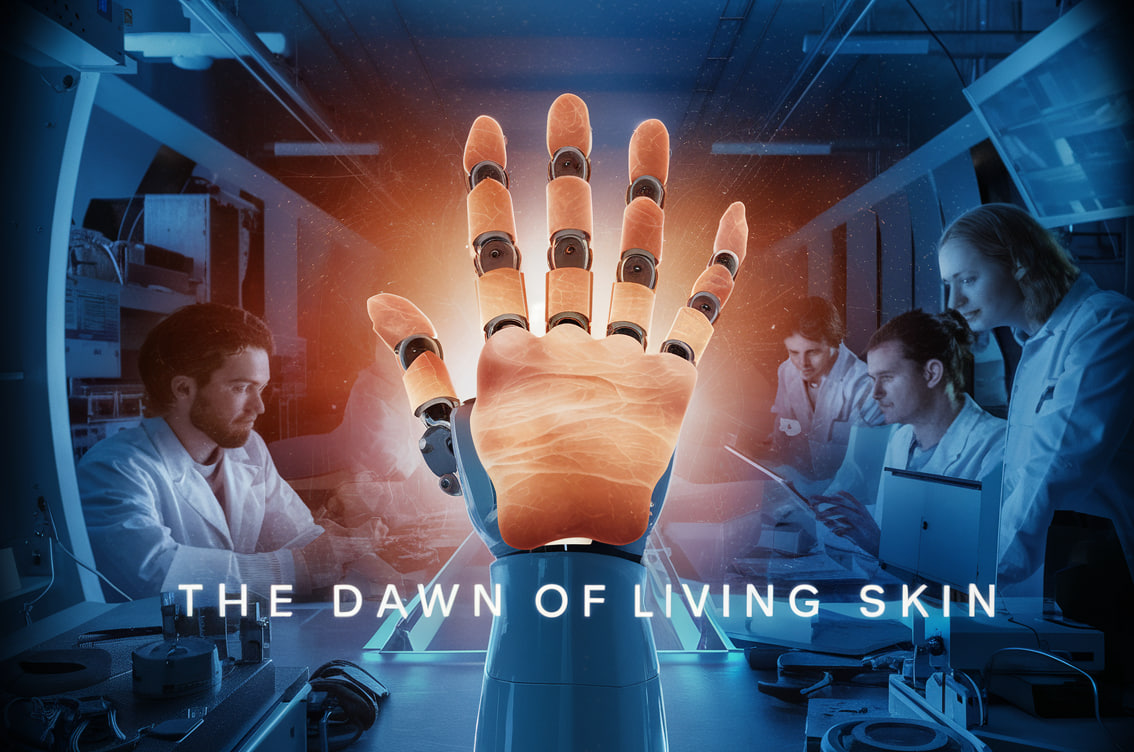In a groundbreaking development for robotics technology, Agility Robotics has unveiled significant advances in bridging the gap between simulation and real-world performance for their humanoid robot, Digit, using NVIDIA's Isaac Lab platform. The company's latest research highlights the challenges and solutions in developing complex robotic control systems that can effectively transition from virtual training to real-world applications.
The breakthrough centers on the company's innovative approach to solving what roboticists call the "Sim2Real gap" - the critical difference between how robots perform in simulation versus real-world conditions. Rather than applying quick fixes, Agility Robotics invested six months in understanding the fundamental physics behind their humanoid robot's movements, particularly focusing on the crucial interaction between the robot's feet and various surfaces.
"Every action or contact with the environment affects how the legs should balance the entire robot," explains Pras Velagapudi, detailing the complexity of managing Digit's 28 degrees of freedom and multiple sensors in real-time situations. The robot must process vast amounts of sensory information and coordinate numerous actuators simultaneously to perform even seemingly simple tasks.
The research team identified two primary approaches to controlling such a sophisticated robot: traditional model-based control and learned control through reinforcement learning (RL). While model-based control relies on precise physical calculations performed in real-time, RL takes a different approach by learning from millions of simulated scenarios before deployment.
The partnership with NVIDIA proved crucial in accelerating this research. Using NVIDIA Isaac Lab, Agility Robotics dramatically increased their simulation speed, enabling more comprehensive testing and faster iteration cycles. This acceleration was particularly valuable in identifying and addressing the subtle differences between simulated and real-world performance.
One of the most significant breakthroughs came from studying toe impacts - a seemingly minor but crucial aspect of bipedal locomotion. The team discovered that small variations in foot placement could lead to dramatically different outcomes in the real world, a challenge that required deep analysis of collision geometry, energy propagation through actuators, and complex kinematic chains.
The results of this intensive research have been remarkable. Instead of relying on multiple complicated reward functions to control the robot's behavior, the team developed a streamlined system based on fundamental principles like energy consumption and movement symmetry. This simpler, more intuitive approach has led to more reliable and robust performance in real-world conditions.
"This enables simulated robot behaviors to transfer directly to the robot," notes Velagapudi, emphasizing how their improved understanding helps create "simple, intuitive policies for controlling Digit that are more intelligent, more agile, and more robust in the real world."
The implications of this research extend beyond immediate applications. By developing more accurate simulation models, Agility Robotics can now explore potential design improvements for future generations of their humanoid robot, potentially revolutionizing how robots are developed and trained for real-world applications.
The company plans to present these findings at the 2024 Conference on Robot Learning in Munich, Germany, where they will share their insights on bridging the simulation-to-reality gap in robotics. This advancement represents a significant step forward in the field of robotics, potentially paving the way for more capable and reliable humanoid robots in various real-world applications.
This breakthrough in robotics simulation and control demonstrates the potential for advanced AI and simulation technologies to accelerate the development of more sophisticated robotic systems, bringing us closer to a future where humanoid robots can reliably assist in various real-world tasks.


















